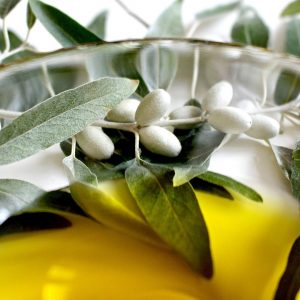How to classify olive oil. A small guide to buying aware
Not all olive oils are the same. Reading well the label is therefore very important. The legislation, in this sense, imposes a labelling from which it is possible to infer the actual contents of the bottle (or the Can) and, above all, classify olive oils as follows:
- Extra virgin olive oil: olive oil of a higher category obtained through mechanical processes. The acidity must not exceed 0.8 degrees for 100 grams. of oil.
- Virgin olive oil: olive oil obtained directly from the olives and only through mechanical means. The acidity, in this case, must not exceed 2 degrees for 100 g. of oil.
- Lampante Oil: Olive oil obtained directly from the olives and only by mechanical procedures, but with acidity exceeding 2 degrees for 100 g. of oil. This type of oil is considered inedible and saleable to the consumer.
- Olive oil: Oil obtained from a mixture of virgin olive oils and refined oils.
Each category of oil corresponds to a price. The extra virgin olive oil is, of course, more expensive than an olive oil.
The price can also change between extra virgin olive oil, because maybe they have special certifications (organic, for example) or contain a greater number of polyphenols or contain an acidity near zero oleic.
The origin of an olive oil must also be written on the label. In this sense, it can be read that the oil comes from the European Union or from non-EU countries.
Our olive oil is of the highest quality obtained from the olives of Puglia: Ogliarola and Coratina, with a very low oleic acidity that makes it a precious food allied to the health.



